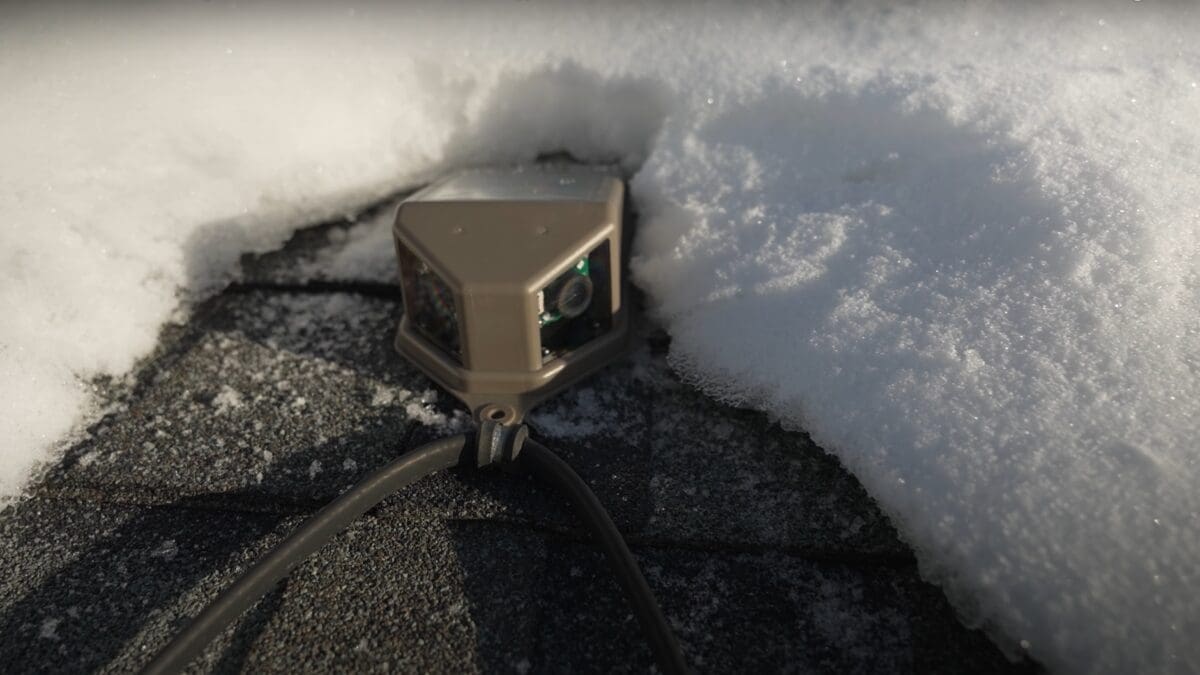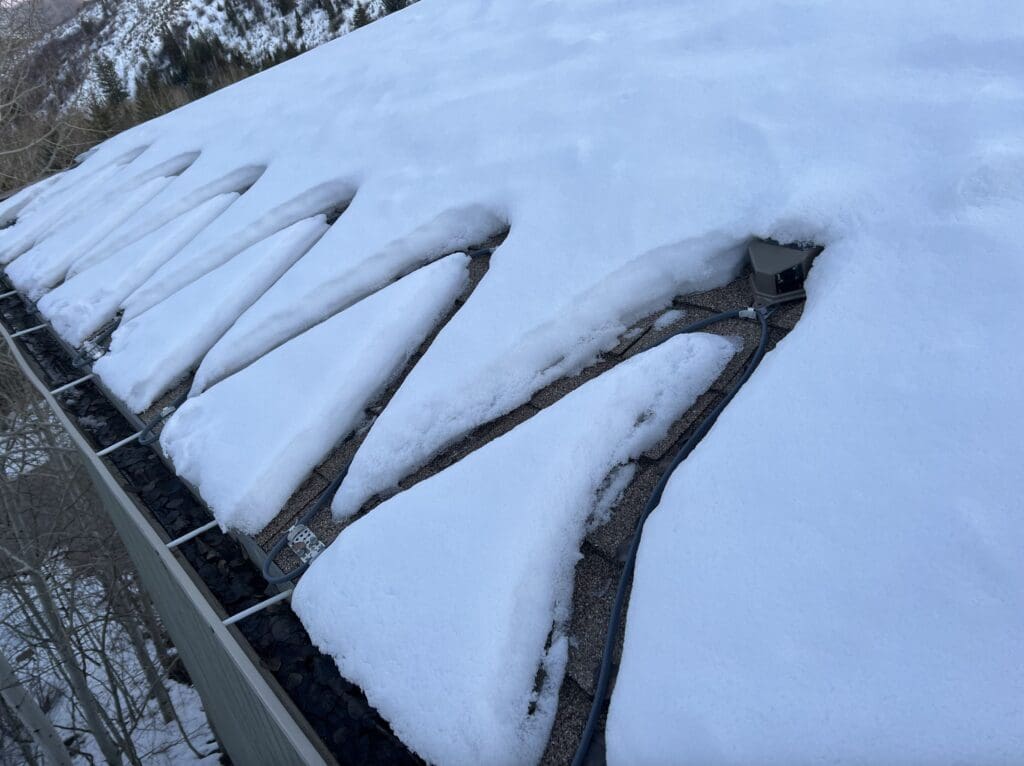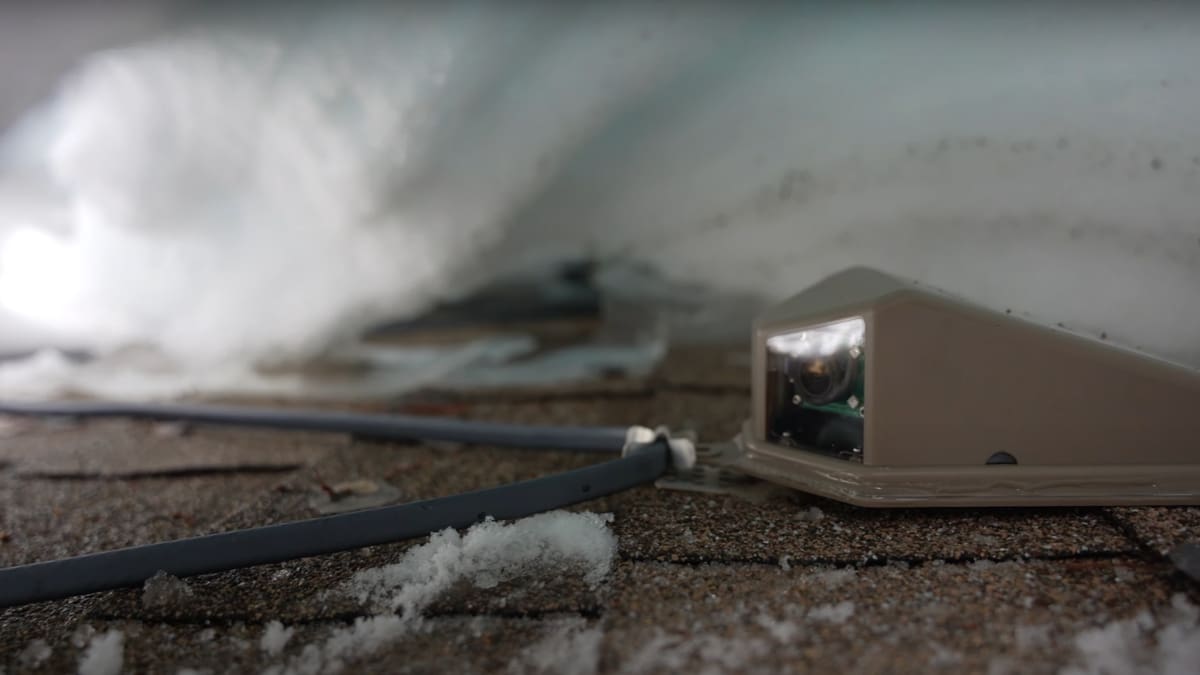Sponsored
Cutting costs and carbon—using AI to transform heat tape efficiency

Founded by Parkite Thomas Clardy, Powder Watts helps customers save up to 92% on their heat cable energy bill, which can amount to thousands of dollars each winter. Photo: Powder Watts.
PARK CITY, Utah — All Parkites are familiar with heat cables. We love them because they prevent leaks into our homes, but ouch— those energy bills; so much for turning out the lights to save energy. Heat cables burn more energy than the entire house combined. Many homeowners see their energy bill not double but triple or quadruple. But what to do? We need those cables to prevent leaks.
Local business Powder Watts has a solution to retrofit existing heat cables with smart controls to run them only when needed. Founded by Parkite Thomas Clardy, Powder Watts helps customers save up to 92% on their heat cable energy bill, which can amount to thousands of dollars each winter.
“It’s a sleepy industry that’s had no innovation in 50 years,” said Chief Operating Officer Chris Berman. “We take smart Internet of Things (IoT) technology that already exists, which manages almost everything in the home, and apply it to this truly massive energy load that most people don’t even think about. On average, we’re keeping these cables off 90-plus percent of the time. It’s really significant.”
By working with all existing heat tape or panel-based snow melt systems, Powder Watts technology significantly lowers energy use. Images from rooftop sensors are sent to the Powder Watts cloud, where machine vision, AI, real-time weather data, and other inputs determine whether cables should be on or off.

Switching decisions are then sent to the Powder Watts smart switches, which automatically turn the heat cables on and off as necessary. These smart switches are built with utility-grade energy monitoring, enabling Powder Watts to know precisely how much energy (and money) they save customers. It also detects anomalies in the energy draw coming from the cables, like breaker trips, and informs homeowners about potential issues before they become major problems, like ice dams.
All this information is available through the Powder Watts app, where customers can see images of their roofs, track their utility cost savings, monitor the system’s switching decisions, and receive critical structure protection alerts.
Powder Watts first became commercially available last winter after more than three years of research and development. In that short time, it has received significant attention and accolades.
The National Science Foundation awarded Powder Watts a substantial grant to support research and development on its innovative smart camera heat tape monitoring designed to melt snow from roofs efficiently.

The NSF’s recognition of Powder Watts’ accomplishments underscores the significance of its groundbreaking approach to tackling energy waste in the heat cable industry. With just a 5% market penetration, Powder Watts is projected to save more than 6.5 Terawatt-Hours of energy and 2.5 million metric tons of carbon emissions annually.
Powder Watts was also recognized at the Smart Cities Connect Conference & Expo in Denver. As part of the 2023 Smart Cities Innovation Challenge, it received an award for innovation in megawatt-class energy savings via Smart AI Regulation of the largest building electric load in snowy areas of North America. This innovative approach piqued the interest of America’s Smart Cities and US Ignite, resulting in Powder Watts leaving the conference with prospective deals from government officials and the private sector.
Amazon even provided Powder Watts with direct funding for its technology development.
Powder Watts is available to both residential and commercial customers. Rebates are available through Rocky Mountain Power, which may cover up to 70% of the installation and cost of the system for commercial properties. On the residential side, homeowners may qualify for up to $1,200 in federal tax credits for installing Powder Watts on their primary residence.
“We are proud to be a part of the larger energy and cost savings solution,” said Clardy. “Reducing our carbon footprint matters. Saving people real significant amounts of money matters. We are proud and appreciative to be recognized by great organizations like the National Science Foundation in helping to promote savings for the financial well-being of American people.”



















